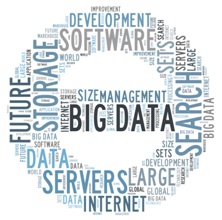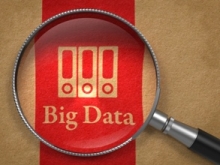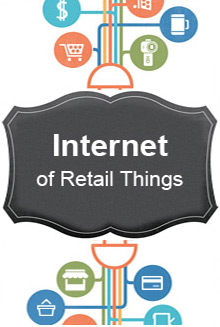In the age of Big data, businesses cannot thrive without finding a way to analyze data and bring insights out of it. In that sense, predictive analytics is one of the hottest trends that transforms the current business landscape. The right analytics solutions will empower business leaders to take informed decisions, reduce operation risks, predict future trends, increase customer engagement and create unique prepositions.
Vast amount of customer data is getting captured through various channels in each nano seconds. The, challenge that enterprises experience is to generate meaningful insights from this heaps of unstructured/ structured data and to predict future from the past data. According to a report by Bain, “only 4% of companies said they had the right people, tools, data and intent to draw meaningful insights from that data—and to act on them”. This proves the fact that Data Science is the need of the hour for enterprises across all industries.
Let us look into key steps of analytics:
1.Data Ingestion: Big data is all about 3Vs: Volume, Velocity and Variety. The data from multiple sources, different formats rests at different places in silos. The data ingestion process includes importing and processing of data in order to generate insights later. However, the key question that organizations should ask is “Is their data right and clean”. A bad data is a major setback for enterprises who are deploying analytics programs.
2.Data Preparation: Data preparation is the process of aggregating, cleaning, selecting and shaping the data. This is not just another technical step but the success depends on business leaders’ vision: how the data will be used, what insights are needed. The point is that the data preparation should be aligned with business strategy as the model’s effectiveness and accuracy is dependent on how prepared your data is. As per Bain report, “23% of companies surveyed have clear strategies for using analytics effectively”. So, business readiness – identifying what insights are important to the business, is a crucial factor for an effective analytics program.
3.Statistical Modelling and Algorithm Deployment: At this stage, the data is collected, cleaned, prepared and it’s all good data so far. There are plethora of statistical and Algorithm Deployment tools to choose from to run the best predictive model. However, the type of model you chose depends upon different parameters like meaningful insights you want to derive from the data, the decisions/outcome your business would like to make from the insights.
The Statistical Modelling service comprises of:
• Data Analysis
• Data Interpretation
• Data Explanation
• Data Presentation
4.Insights Generation : Insights is the understandable relation or a set of associated relations derived from the analysis of the data sets. Actionable, measurable and stable business insights derived from predictive analytics is valued much in this era of Big data. Insights are generated by implementing reasoning over the output from systems that create analytic models, based on the structured/ unstructured data which is ingested into it. The insights generation involves collecting organizing and curating data and using knowledge extractors to generate the data relations. After that the data scientists will reason over the extracted knowledge and derive insights. Each generated insight will then be hypothesized under action plans. This will then be measured against the KPI’s. Accurate insights will help in identifying and predicting future challenges, opportunities which business can plan and act upon effectively.
5.Insights Deployment : The fifth and the most crucial step is the deployment of the insights that are being generated from the chunks of Big Data. Deploying the derived business insights in the right time and at the right instance holds the power to redefine a business. Many organizations still lag behind in getting hold of the right and useful business intelligence and deploying it for the betterment of the business.
According to Gartner, the worldwide Business Intelligence and Analytics Market will reach $16.9 Billion in 2016. Enterprises are looking for more advanced, nimble and next-gen BI platforms. This opens a wide range of opportunities for IT companies worldwide and it would be exciting to watch the next phase in analytics driven digital transformation.

Sakshi is a former Happiest Mind and this content was created and published during her tenure.







